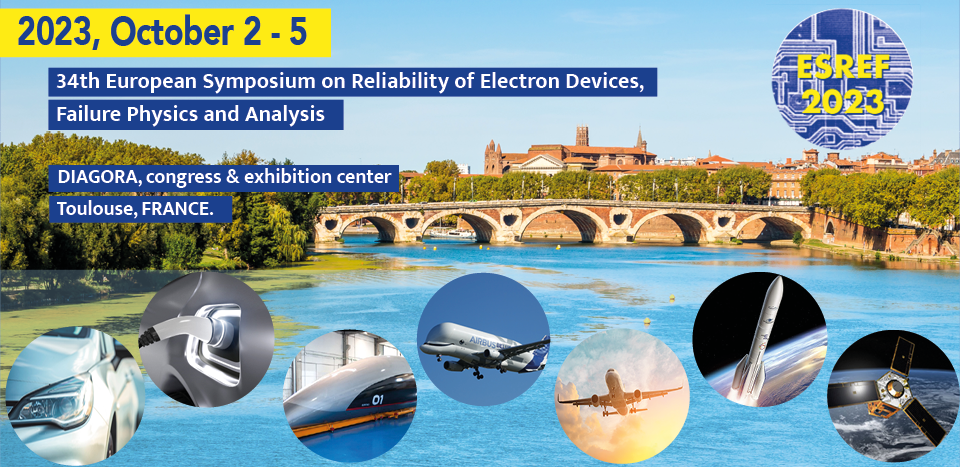
|
|
|
Programme > TutorialsESREF 2023 Tutorials
Tutorial 1 : Review of 4 channel 850nm GaAs VCSELs on reliability investigations for AeroSpace applicationsYannick Deshayes, IMS University of Bordeaux, France
For aeronautic applications, in-service Structural Health Monitoring (SHM) is a now established as a key technique to assess the performance and the integrity of composite aircraft structures for real-time in situ monitoring. For space industry, the Assembly Integration and Test including Electrical Ground Support Equipment is an essential tool enabling a satellite or space launcher developer to integrate and validate the electrical functions of its spacecraft before the launching process. In addition, satellite operators and worldwide SatCom manufacturers are willing to improve the on-board processing capacity, functionality and flexibility. In this context, opto-transceiver technology becomes a major building block regarding the highlighted aeronautic, space and ground telecommunication needs. In this context, the tutorial deals with the reliability evaluation of 850 nm GaAs VCSEL chip on Submount (CoS) used to 4 channel transceivers at 28 Gbit/s. The reliability investigation has been evaluated for two different manufacturers of VCELs and we perform the robustness of the technology regarding the final environment to define the limit usable for space applications. The main failure mechanisms have been defined to establish degradation laws associated. This last action is useful to define the ad equation between technology chosen and mission profile. These results are using for RYTHMS (ReliabilitY of opto-Transceivers for Health Monitoring Systems) Clean sky 2 project.
Tutorial 2 : Aging-induced Failures Mechanisms in Microelectronics PackagesAmar Mavinkurve, NXP, NetherlandsThe tutorial will cover failure mechanisms in microelectronic packages induced by aging of various packaging materials, with focus on interconnect reliability, viz. wire bonded and flip chip interconnects. Acceleration models will be presented, which can be used to assess application mission profiles, including harsh environments. A number of case studies will be shown, including some examples demonstrating over-acceleration during reliability testing. The basis of this tutorial is a chapter from the recently published book “Reliability of Organic Compounds in Microelectronics and Optoelectronics”, Springer Verlag 2022.
|


